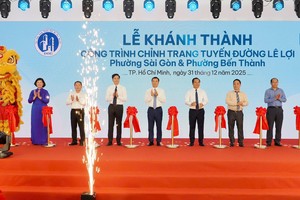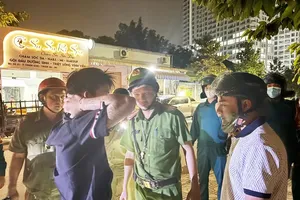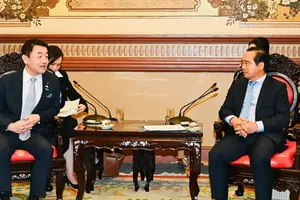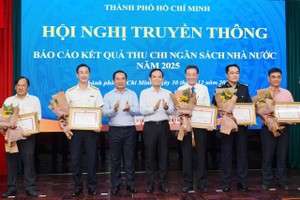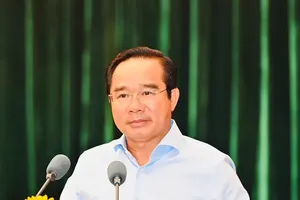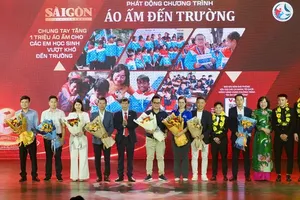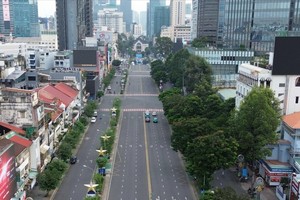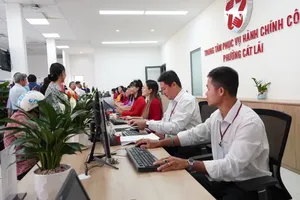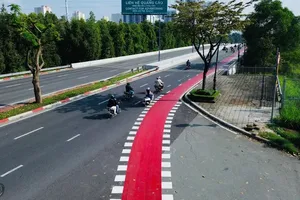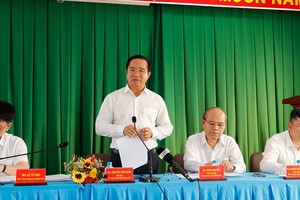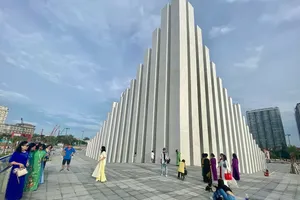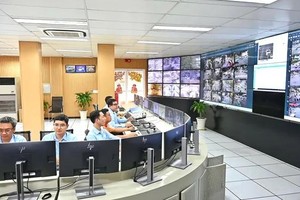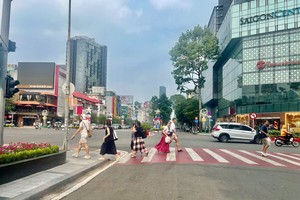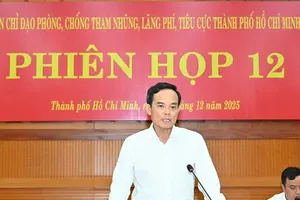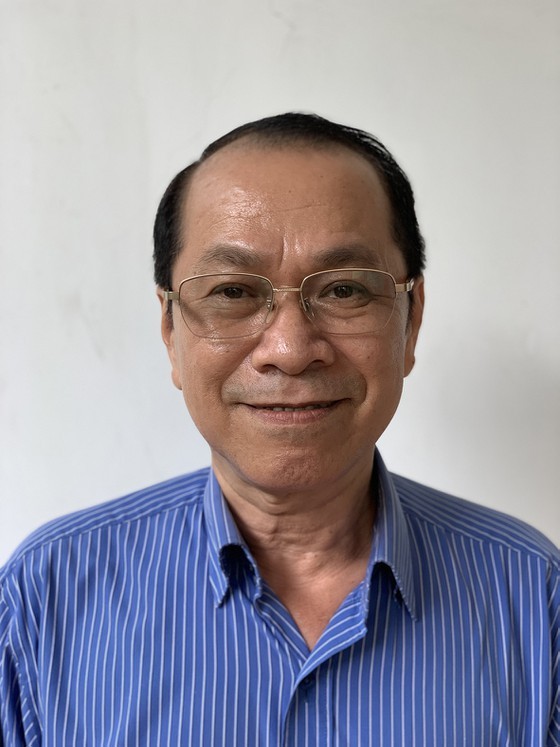
Former Vice Chairman of HCMC Institute for Development Studies Hoang Minh Tri confirmed that urbanization is inevitable in HCMC, with more urban districts or satellite cities. However, this process must take into consideration such factors as the labor-to-population ratio, the population density in suburban areas, the current socio-economic status, the socio-technical infrastructure conditions, and past subjective weaknesses in similar procedures.
He recommended the following actions:
_Evaluate and review any possible mistakes after 25 years establishing new districts of 12, Tan Phu, Binh Tan to draw valuable lessons
_Review and adjust the master planning of HCMC until 2025, approved by the Prime Minister in 2010, with a concentration on urban areas in the West (Binh Chanh District) and Northwest (Cu Chi District and Hoc Mon District). These areas might become ‘city within city’.
_Save certain surface area for agricultural activities and green space (Can Gio District – the lungs of the city), as well as empty lots for further sustainable development and coping with climate change.
_Scientifically assess any areas wishing to upgrade themselves into a city or urban district in accordance with criteria in Resolution No.1210/2016/UBTVQH13, issued on May 25, 2016 by the Standing Committee of the National Assembly about urban area categorization.
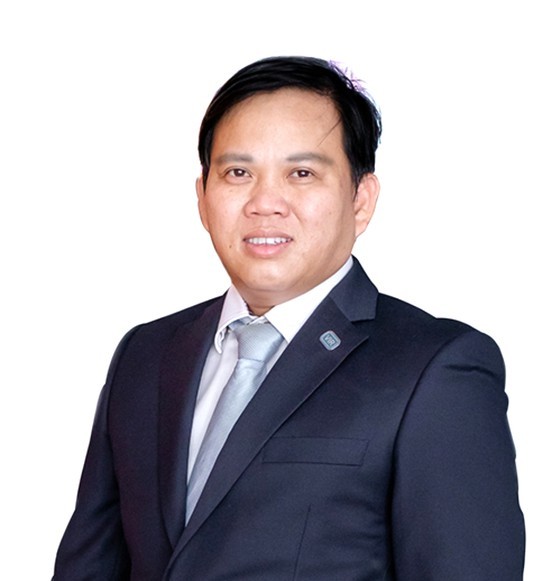
General Director of DRH Holdings JSC. Ngo Duc Son shared that 20 years ago, HCMC introduced the planning for a 6,000-hectare satellite urban area in the Northwest of the city, including parts of Cu Chi District and Hoc Mon District. Sadly, this planning has not turned to reality yet. Investors have received investment certificates for certain projects from the municipal authorities, but no work has been done, and thus wasting the valuable land resource of HCMC and losing people’s trust.
He therefore voiced that it is necessary to display a detailed and practical roadmap for any project of upgrading a district to a city or a suburban district to urban one.
Moreover, Cu Chi District now has the advantage of owning intact land resource. Yet to attract more investment in the region, the localities must improve infrastructure for more convenient transport. The upcoming investment promotion meeting between international, domestic businesses and state agencies is expected to introduce more breakthrough solutions for this area.
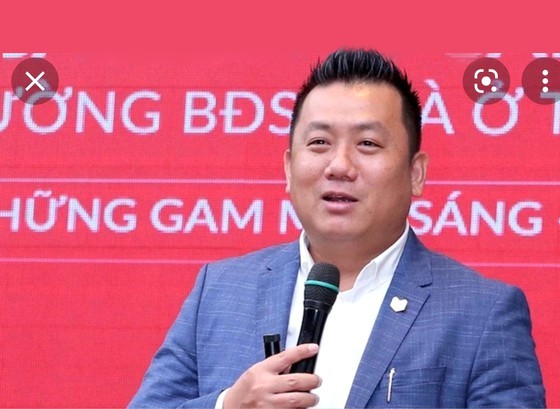
President of DKRA Vietnam Co. Pham Lam discussed the establishment of a competitive investment environment in HCMC.
He agreed that urbanization in suburban regions of HCMC is unavoidable, not to mention localities bordering the city considering large-scale urban area construction projects for their own development. The establishment of satellite urban areas in HCMC is to share such updated synchronous infrastructure advantages to boost economic growth and sustainable development of the city, which in turn attracts more investments for real estate and public services projects.
He expressed his hope for urbanization of HCMC’s suburbs to offer more land resource used efficiently, thereby helping to reduce the current accommodation pressure, address existing problems related to transport infrastructure and social facilities.
What businesses need right now is a favorable investment environment, for which HCMC has been famous. Nevertheless, recently, this has not been the case anymore, and neighboring provinces like Binh Thuan, Dong Nai, Long An have been able to attract billions of USD investment. This means that the investment environment and infrastructure for development are extremely important.
Finally, President Lam stressed on the necessity to maintain the district identity even when it transforms from a suburban to an urban one or even to a city. This asks for a detailed step-by-step plan to ensure synchronization among newly formed urban areas.
HCMC has experienced these upgrades:
_The 2,900-hectare urban area in the South of HCMC had its master planning approved by the Prime Minister in 1994. From that, 400-hectare Phu My Hung urban area was formed, but the rest is still empty lots although most already have their own investors.
_In 1997, HCMC established new districts of 12, Tan Binh, Tan Phu, Binh Tan. At that time, HCMC Urban Planning Institute cooperated with the HCMC Land Management Board to prepare a report for HCMC People’s Committee to submit to the Prime Minister for approval of establishing five new districts, based on the city classification decision of the Council of Ministers for a Class-2 urban area.
_Thu Duc City was introduced in accordance with the adjustment project for HCMC master planning until 2025, approved by the Prime Minister in Decision No.24/QD-TTg on January 6, 2010. In the East of HCMC is the new scientific-technological urban area, with the core being Vietnam National University-HCMC, Saigon Hi-tech Park, Vietnam National Historical and Cultural Area. In district 2 is Thu Thiem new urban area to support the current downtown (including the districts of 1, 3, 4, Binh Thanh).
